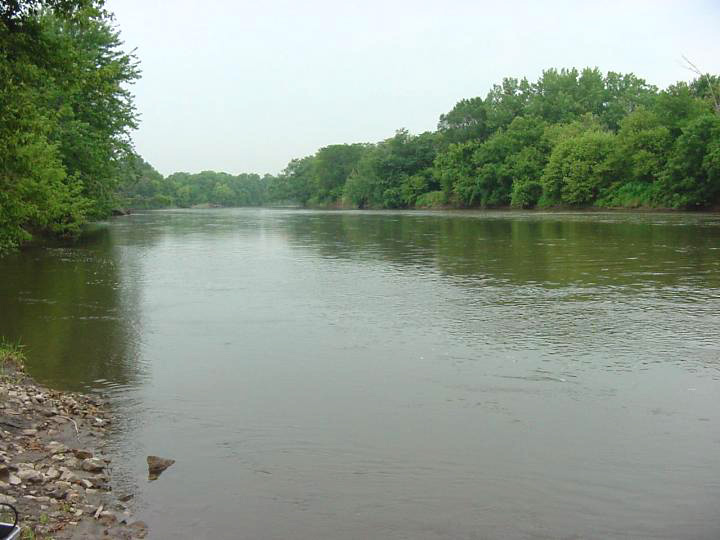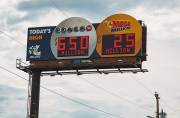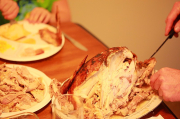
In late July, hundreds of cattle in Iowa fell victim to extreme heat and humidity, marking the hottest month ever recorded globally. The devastating loss highlights the impact of severe weather
on farm animals and food production. The U.S. cattle herd, already diminished due to drought-related challenges forcing ranchers to cull cows, faces further reductions.
Although not a massive number, the recent cattle deaths were considered unusual by producers. Heat-related deaths were also reported in Kansas and Nebraska, causing concern among state officials.
Iowa's Department of Natural Resources received a distressing request on July 31 to dispose of approximately 370 cows that succumbed to the oppressive heat in western Iowa. Gary Vetter, a cattle farmer in the region, faced tragic circumstances as about 53 cattle died at three of his neighbors' feedlots during the last week of July.
The impact of the heat and humidity reached beyond the heaviest cattle, typically most vulnerable to such conditions. Even lighter 700-pound cattle suffered due to the unusually high temperatures and humidity levels. For instance, Carroll, Iowa, experienced a heat index of 117 degrees Fahrenheit (47 degrees Celsius) on July 28, as reported by the National Weather Service.
In Riceville, Iowa, located 200 miles away from Vetter's farm, Bob Noble lamented the deaths of two of his cattle in separate pens. These were the first heat-related deaths Noble had encountered in years. The carcasses, weighing between 1,100 and 1,200 pounds, will be composted to mitigate the environmental impact.
Iowa stands as the fifth-largest cattle-producing state in the U.S., hosting around 630,000 cattle in feedlots as of July 1, according to the U.S. Department of Agriculture. The unprecedented losses raised concerns for the agriculture community, and the USDA offers disaster assistance to aid producers whose cattle have perished.
Kansas, another significant cattle-producing state, also grappled with the heat stress this summer. The state's Department of Health and Environment received a request for disposal of 50 cattle. Last summer, an early June heat wave caught producers off guard, resulting in at least 2,000 cattle deaths.
Similarly, Nebraska witnessed an alarming rise in cattle deaths due to the heat, prompting informal calls from producers to the state's Department of Environment and Energy. The feedlots in Nebraska currently house around 2.3 million cattle, while Kansas feedlots accommodate approximately 2.4 million cattle.
To prevent further losses, Kansas State University took a proactive approach and updated the Kansas Mesonet, an online weather tool, to use National Weather Service forecasts for predicting cattle comfort levels a week in advance. This adjustment aimed to provide valuable insights to farmers, as relying on day-of weather data often proved too late for effective mitigation efforts, according to Christopher "Chip" Redmond, a meteorologist and manager of the Kansas Mesonet.
The escalating impact of extreme heat and humidity on cattle poses a significant challenge for the agriculture industry, raising concerns about food production and livestock welfare. The trend underscores the urgent need for sustainable climate resilience measures and prompt adaptation strategies to safeguard both farmers' livelihoods and the well-being of farm animals. Photo by Wikimedia commons.






































